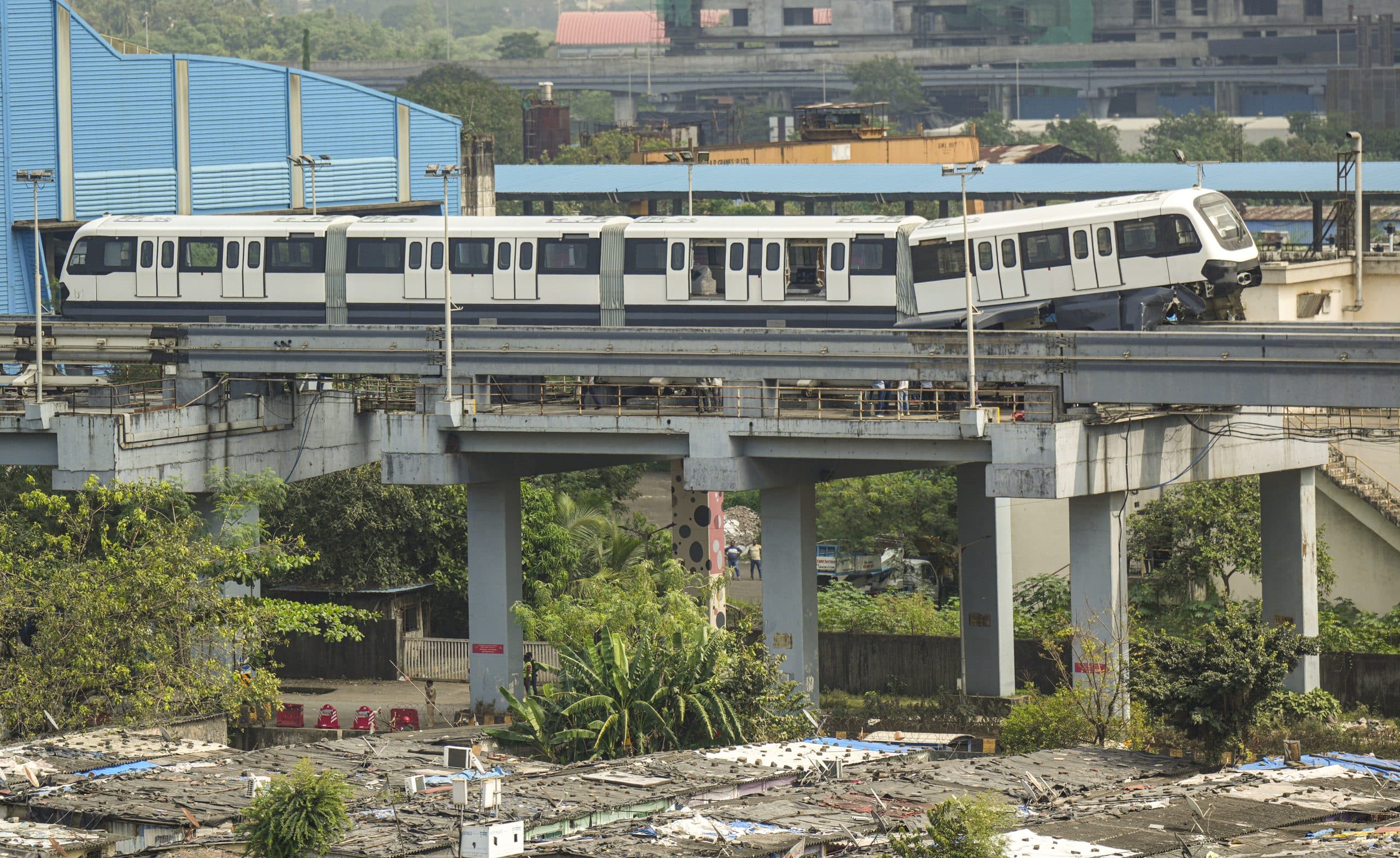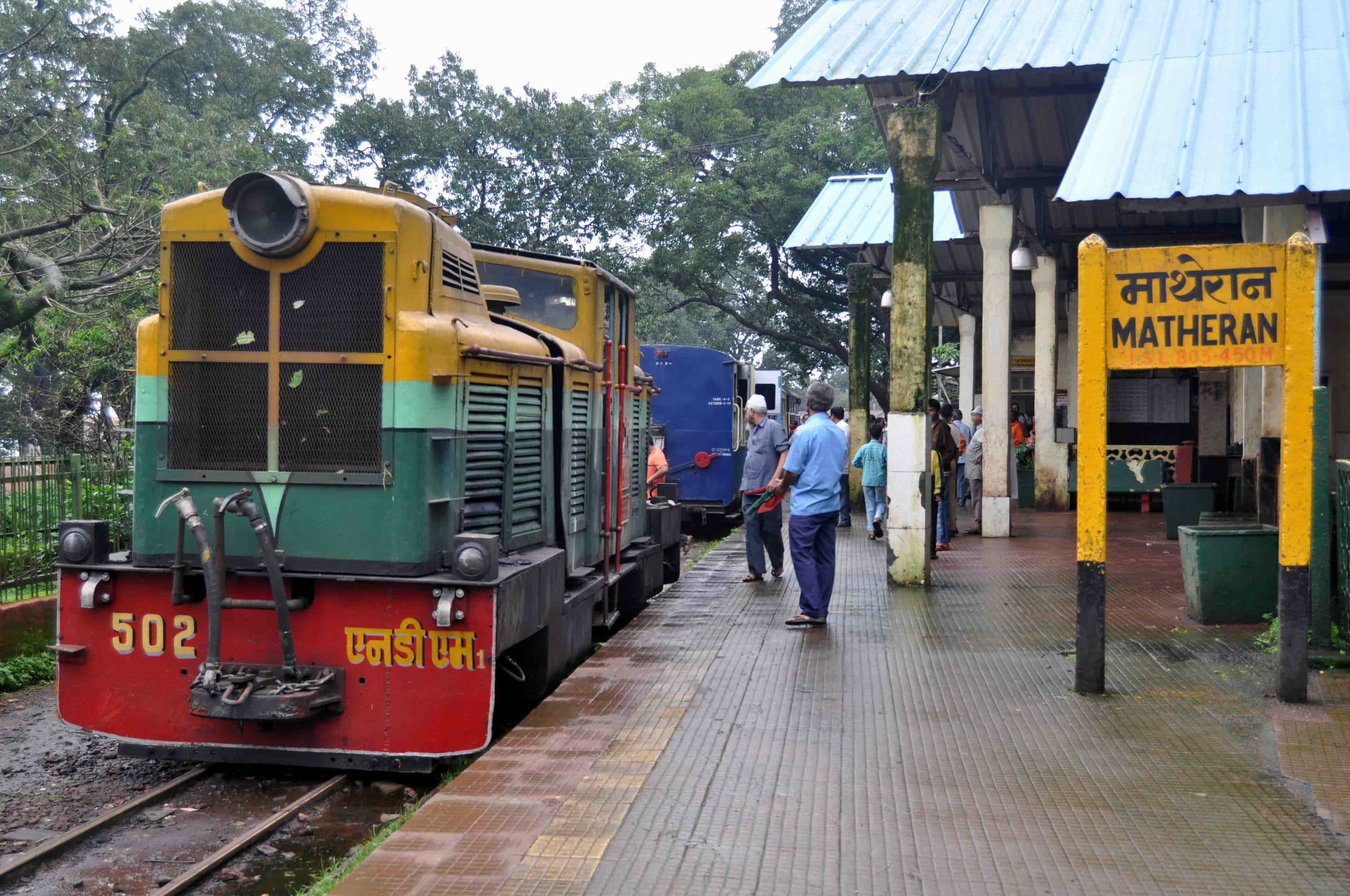Gaganyaan mission is India’s first human spaceflight mission in the making.
“The overall performance of the propulsion system during the hot test was normal as per pre-test predictions,” ISRO said in a statement.
According to the space agency, “The Service Module (SM) of Gaganyaan is a regulated bi-propellant based propulsion system that caters to the requirements of the Orbital Module for orbit circularisation, on-orbit control, de-boost manoeuvring and Service Module based abort during the ascent phase.” The Liquid Apogee Motor (LAM) engines provide the main propulsive force during the orbit circularisation and de-boost phases, while the Reaction Control System (RCS) thrusters ensures precise attitude control, it added.
“A System Demonstration Model (SDM) test bed was realised emulating the fluid circuit of the SMPS, encompassing the propellant tank feed system, helium pressurisation system, flight-qualified thrusters, and control components,” ISRO said.
It added that the SDM for SMPS has undergone 25 tests under nominal and off-nominal conditions for a cumulative duration of 14,331s for various Gaganyaan mission scenarios and human rating requirements.
The space agency said the Gaganyaan Service Module Propulsion System is designed, developed, and realised by Liquid Propulsion Systems Centre (LPSC) and the tests were carried out at ISRO Propulsion Complex (IPRC), Mahendragiri in Tamil Nadu. PTI GMS ADB




